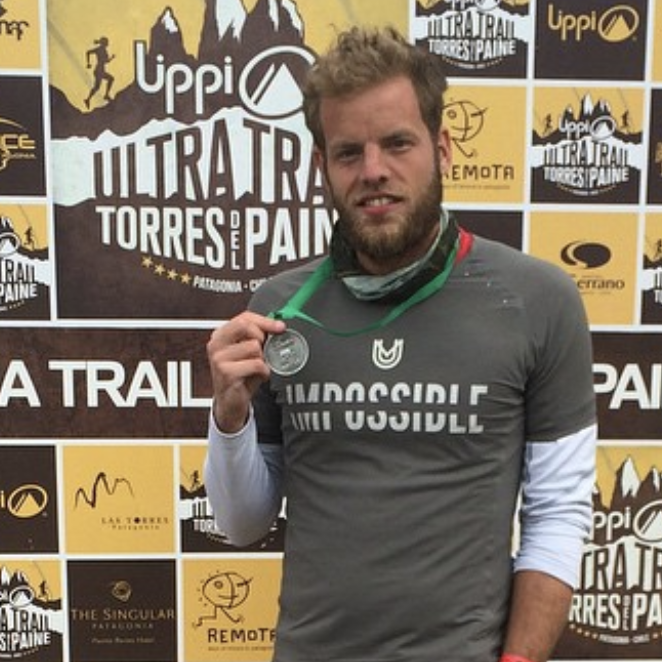Recover Faster. Move Well.
Sign up for movement demonstrations, product reviews and start recovering faster with MoveWell.
The muscles of your legs and hips are some of the most important in the entire body. Over tens of thousands of years, humans have evolved to stand upright, walk, run and jump. Even now, in our more comfortable modern lives, we need these large muscles in our lower body to survive.
Our legs are the most powerful muscles in our body, being able to carry our entire body weight up and down stairs and across large distances with relative ease. The main major leg muscle groups to be aware of are our Quads, Hamstrings, Glutes, and Calves. Your quads are located in the front of your legs above the knee. Your hamstrings are behind your thighs. Your glutes compose your buttocks and the calves are at the back of your lower legs. Proper stretching should work out all four muscle groups.
And while there is some disagreement in the medical community over whether stretching should be performed before or after physical activity for our legs, there’s very little dispute as to the benefits of stretching them on a regular basis. Inflexible muscles in our legs can lead to injury down the road as well as weakened bones and joints as our bodies age.
If you’re a professional track and field athlete or tennis player, performing regular stretches in the muscles of your legs is vital to our overall health and wellbeing. DOMS, or Delayed Onset Muscle Soreness, is a type of muscle soreness identified by physicians that can occur after a strenuous workout involving our legs. This can be from a hard game of pickup basketball or simply from walking up a steep hill.
But even non-athletes can benefit from stretching their legs and joints out. Due to the sedentary nature of many people’s day: office work, long commute, entertaining in front of the TV, etc, etc, the muscles in our legs can become quite tight. Since our knees are bent at a downward angle for so many hours, the muscles that move the knee joint are shortened and eventually become accustomed to this position resulting in tightness.
This continuous tightness without any sort of mobility exercises to alleviate it can lead to poor posture and injury down the road, even when doing simple day to day activities. And as our bodies age, our muscles also start to tighten and lose flexibility naturally. Senior citizens have the most to gain from performing stretches in the muscles of their calves and upper legs, particularly if they’ve had injuries in the past. So again, it important to keep these muscles flexible thought our lives.
Plus, if you’ve ever woken up in the middle of the night with a painful cramp that makes you leap out of bed to try and walk it off, regular stretching of these muscles should noticeably reduce the frequency and intensity of these episodes. And even better, simple stretching has been cited as an excellent method to help you relax and reduce mental tension.
Check out some of the leg stretches below, they range from beginner to quite advanced. You should be utilizing some variation of these leg stretches 2-3 times per week on a regular basis.

Joel is the founder of IMPOSSIBLE and the founder of MoveWell. Joel founded MoveWell after sustaining an injury while running an ultra marathon on every continent. Joel is writes about mobility, pain management and health and wellness overall.
Sign up for movement demonstrations, product reviews and start recovering faster with MoveWell.